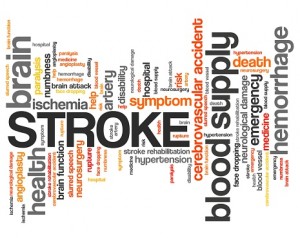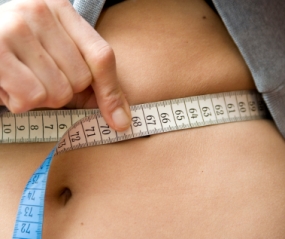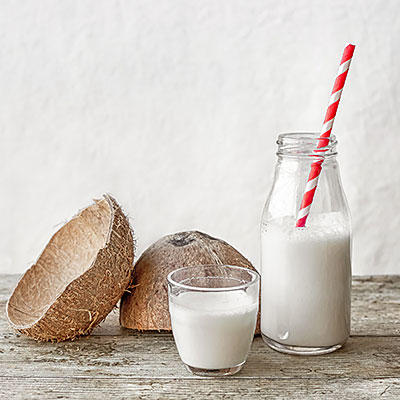Atkins Diet: Whats behind the claims?
The Atkins Diet is a popular low-carbohydrate eating plan created in 1972 by cardiologist Robert C. Atkins. The Atkins Diet restricts carbs (carbohydrates) while emphasizing protein and fats.
The Atkins Diet has several phases for weight loss and maintenance, starting out with a very low carbohydrate eating plan. The Atkins Diet, formally called the Atkins Nutritional Approach, has been detailed in many books and is credited with launching the low-carb diet trend.
Purpose
The purpose of the Atkins Diet is to change your eating habits to help you lose weight and keep it off. The Atkins Diet also says it's a healthy lifelong approach to eating, whether you want to lose weight, boost your energy or help improve certain health problems, such as high blood pressure or metabolic syndrome.
Why you might follow the Atkins Diet
You might choose to follow the Atkins Diet because you:
- Enjoy the types and amounts of food featured in the diet
- Want a diet that restricts certain carbs to help you lose weight
- Want to change your overall eating habits
- Have medical concerns you think the diet can help improve
- Like the related Atkins Diet products, such as cookbooks, shakes and bars
Check with your doctor or health care provider before starting any weight-loss diet, especially if you have any health conditions, such as diabetes or kidney disease.
Diet details
The main dietary focus of the Atkins Diet is eating the right balance of carbohydrates, protein and fats for optimal weight loss and health. According to the Atkins Diet, obesity and related health problems, such as type 2 diabetes and heart disease, are the fault of the typical low-fat, high-carbohydrate American diet. The Atkins Diet says that you don't need to avoid fatty cuts of meat or trim off excess fat. Rather, controlling carbs is what's important.
The Atkins Diet holds that eating too many carbohydrates — especially sugar, white flour and other refined carbs — leads to blood sugar imbalances, weight gain and cardiovascular problems. To that end, the Atkins Diet restricts carbohydrates and encourages eating more protein and fat. However, the Atkins Diet says it is not a high-protein diet.
Like many diet plans, the Atkins Diet continues to evolve. It now encourages eating more high-fiber vegetables, accommodates vegetarian and vegan needs, and addresses health problems that may arise when initially starting a low-carb diet.
Carbohydrates
The Atkins Diet doesn't require calorie counting or portion control. It does require you to track your carbs, though. It uses a system called net carbs, which is the total carbohydrate content of an item minus its fiber content. For example, a half-cup of raw broccoli has 2.3 grams of total carbs and 1.3 grams of fiber, putting its net carb value at 1 gram.
The Atkins Diet says its approach to carbs will burn off your body's fat stores, regulate your blood sugar and help you achieve optimal health, while not leaving you feeling hungry or deprived. Once you're at your goal weight, the Atkins Diet also says it will help you identify your personal carbohydrate tolerance — the number of grams of net carbs you can eat each day without gaining or losing weight.
Exercise
Although the Atkins Diet originally said that exercise wasn't vital for weight loss, it now acknowledges that exercise is important to weight loss and maintenance, as well as for achieving other health benefits.
Phases of the Atkins Diet
The Atkins Diet has four phases. Depending on your weight-loss goals, you can start at any of the first three phases.
- Phase 1: Induction. In this strict phase, you cut out almost all carbohydrates from your diet, eating just 20 grams of net carbs a day, mainly from vegetables. Instead of getting 45 to 65 percent of your daily calories from carbohydrates, as recommended by most nutrition guidelines, you get only about 10 percent. "Foundation" vegetables, such as asparagus, broccoli, celery, cucumber, green beans and peppers, should account for 12-15 grams of your daily net carbs. You should eat protein, such as fish and shellfish, poultry, meat, eggs and cheese, at every meal. You don't need to restrict oils and fats, but you can't have most fruits, sugary baked goods, breads, pastas, grains, nuts or alcohol. You should drink eight glasses of water a day. You stay in this phase for at least two weeks, depending on your weight loss.
- Phase 2: Balancing. In this phase, you continue to eat a minimum of 12-15 grams of net carbs as foundation vegetables. You also continue to avoid foods with added sugar. You can slowly add back in some nutrient-rich carbs, such as more vegetables and berries, nuts and seeds, as you continue to lose weight. You stay in this phase until you're about 10 pounds (4.5 kilograms) from your goal weight.
- Phase 3: Pre-maintenance. In this phase, you continue to gradually increase the range of foods you can eat, including fruits, starchy vegetables and whole grains. You can add about 10 grams of carbs to your diet each week, but you must cut back if your weight loss stops. You stay in this phase until you reach your weight goal.
- Phase 4: Lifetime maintenance. You move into this phase when you reach your goal weight, and then you continue this way of eating for life.
A typical day's menu on the Atkins Diet
Here's a look at what you might eat during a typical day on phase 1 of the Atkins Diet:
- Breakfast. Scrambled eggs with sauteed onions and cheddar cheese. Acceptable beverages include coffee, tea, water, diet soda and herbal tea.
- Lunch. Chef salad with chicken, bacon and avocado dressing, along with an allowable beverage.
- Dinner. Baked salmon steak, asparagus, and arugula salad with cherry tomatoes and cucumbers, along with an allowable beverage.
- Snacks. You typically can have two snacks a day. Snacks may include an Atkins Diet product, such as a chocolate shake or granola bar, or a simple snack such as celery and cheddar cheese.
-
Those Wanting Fat Abolishment Buy Meratol Online
People who buy Meratol online are looking for discrete and effective w
-
Make These Seven Changes To How You Eat And You Will Lose Weight
Is it possible to lose weight without di
-
How regular exercise affects your mood
At some point in our lives, we’ve felt sad, stress, angry and s
-
Leaning Toward Lean Clear Thinking For Better HealthCare
Mindfulness is all about paying attention. Its amazing what can be acc
-
Meal Timing Importance in an Eating Plan to Lose Weight
Meal timing is a very important piece of
-
Keeping Lost Weight Off
Losing weight can be a struggle. But keeping it off can feel like a l
- DON'T MISS
- How Do Celebrities Construct Muscles Instantly For Movie Roles?
- How Many Workouts to Burn Fat
- Will a Gym Membership Help You Lose Weight?
- Setting Morning Intentions For Success
- Recipes for Weight Loss
- Successful Vegetarian Weight Loss Program
- 6 Reasons to Exercise during Pregnancy
- The surprising cause of your hearing loss
- Commentary: Yergin Sees Clear Road Ahead For More Fuel-Efficient Cars
- Lose Weight In An Effective Manner With These Tips




